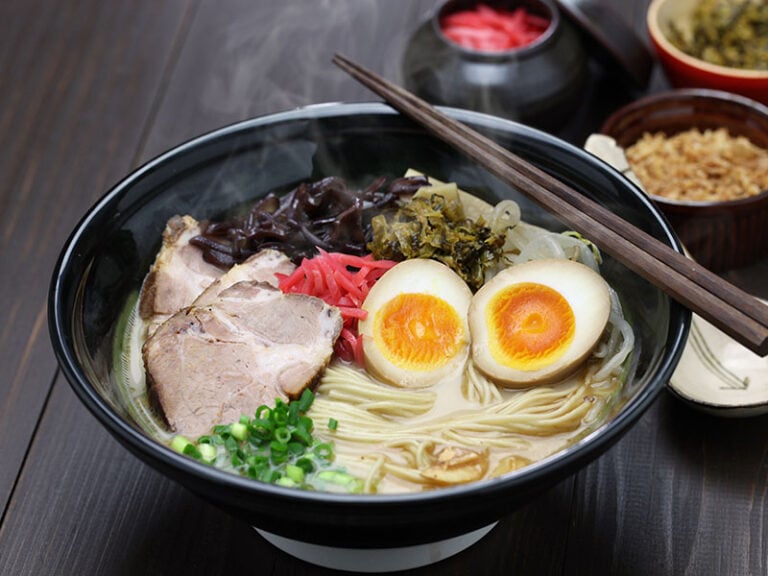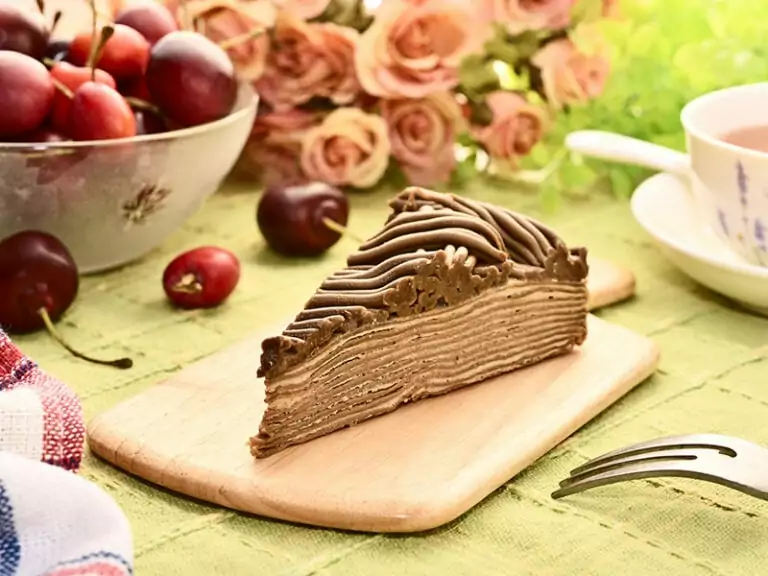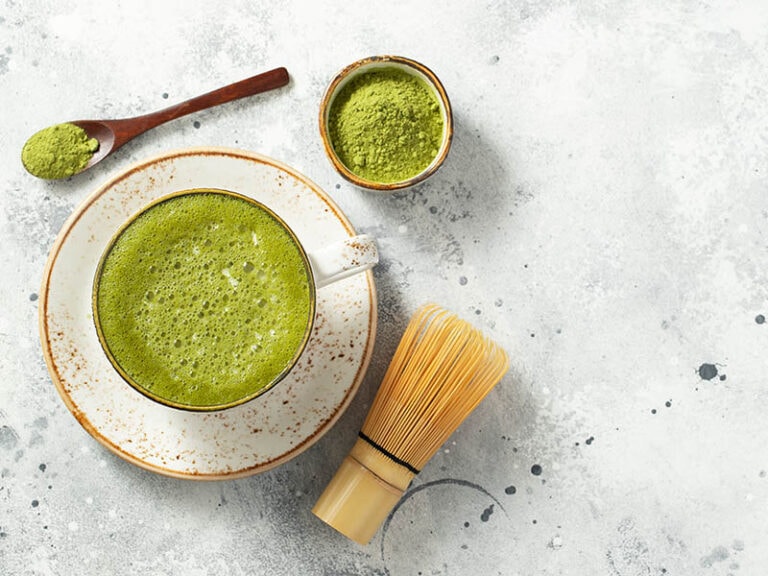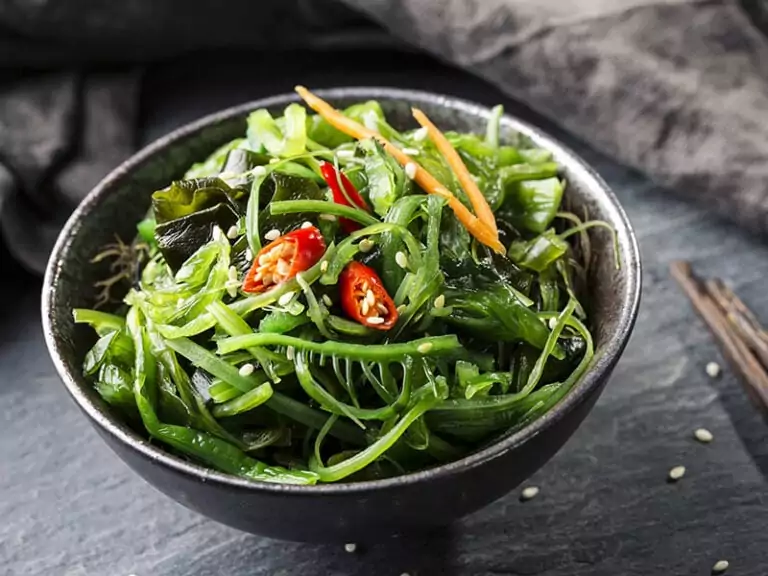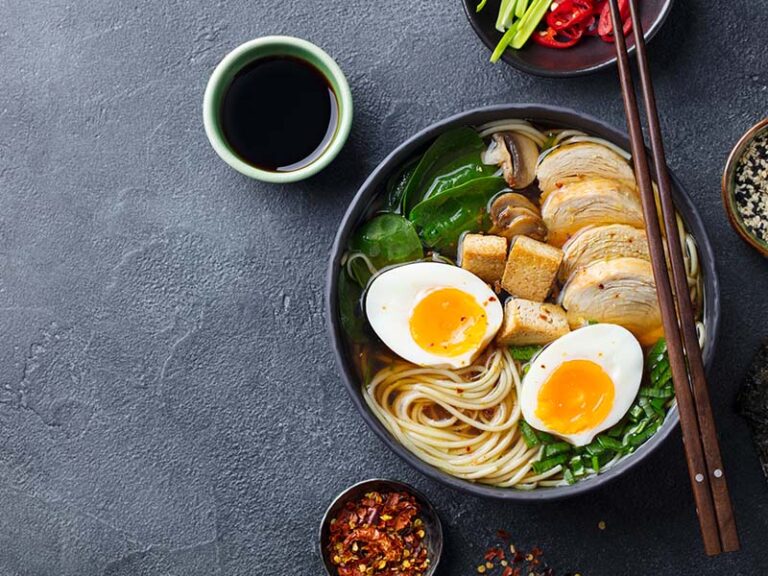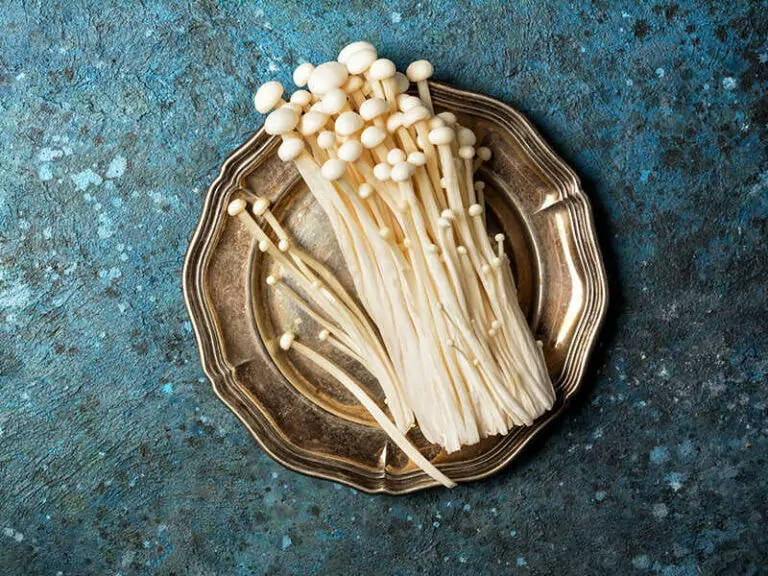Can you use Calrose rice for sushi? Sushi is a staple dish in Japanese cuisine. First introduced around the 8th and 9th centuries, sushi eventually became an iconic Japanese delicacy.
If you get the chance to try it once, you will understand why it gains this much reputation. Its special flavor comes from the combination of rice and raw fish. That means choosing the right rice can be a go big or go home decision.
Normally you will hear about sushi rice, but can you use Calrose rice instead? Keep reading if you want to know the answer.
What It Takes To Be A Rice For Sushi
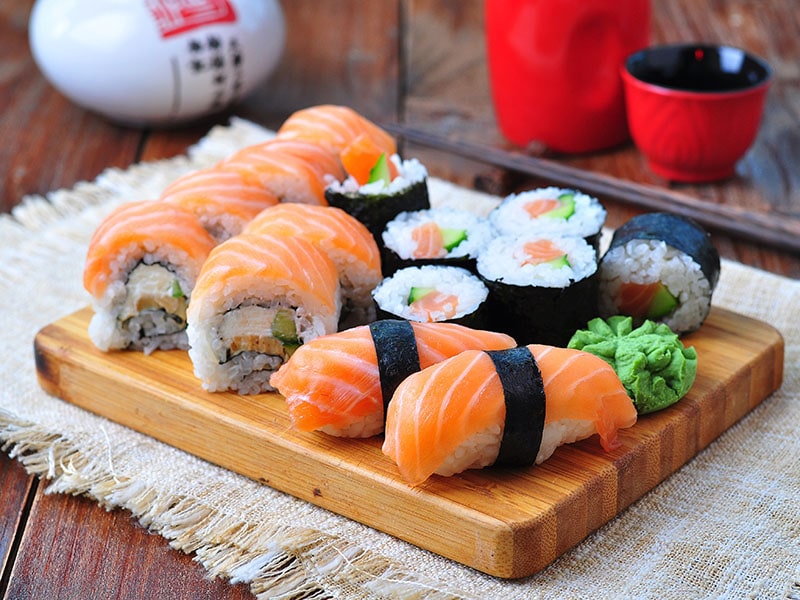
Depending on the length-to-width ratio, people divide rice varieties into 3 types: short, medium, and long. The length of long-grain rice is nearly 4-5 times its width. With medium-grain type, the multiple is 2-3. As for short-grain rice, the ratio must be smaller than two.
The best rice for sushi is short-grain rice. It’s soft and tender with the most crucial characteristic – its stickiness. This property helps the rice attach to fish and other ingredients in sushi.
Besides the short type, you can also use medium-grain rice to make sushi. Sometimes, people mix the two to make sushi rice. The only rice you should not use for sushi is the long–grain varieties. Its starch content is simply not enough to make the rice sticky.
Besides, you may want your rice to have a flavor that can get along well with other sushi ingredients. Neither raw fish nor vegetables used in sushi have a strong flavor. They are often subtle or mild. Therefore, the chosen rice has to be neutral to pair well with the rest.
This is why short-grain rice works well with Japanese dishes, including sushi.
What Is Calrose Rice?
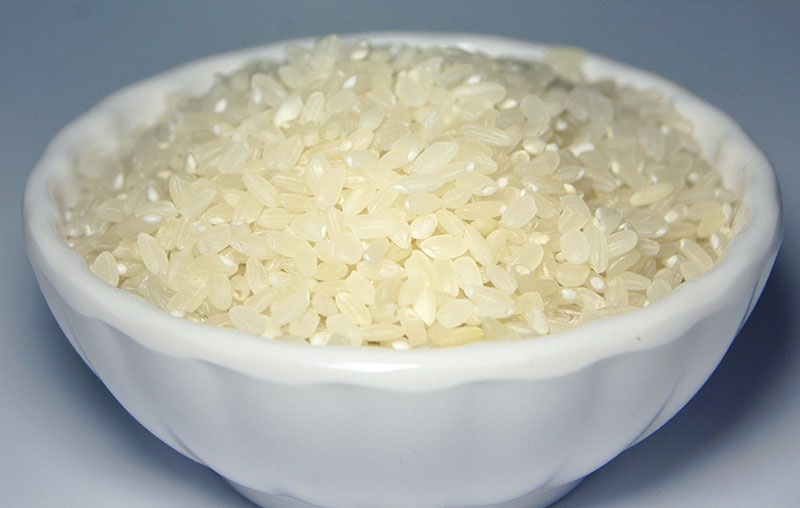
Calrose rice belongs to the category of medium-grain rice. It was released to farmers in California in 1948. The rice has gone through dramatic growth since then. Today, this rice makes up 85% of the rice production of this state.
Calrose rice is slightly sticky and soft once cooked. Its balance between softness and stickiness is the distinctive trait of medium-grain rice. This also means it can substitute for both short and long types.
The reason for its stickiness is a substance called amylopectin. Normally, starch contains 2 components: amylose and amylopectin. The shorter the rice grains, the more amylopectin content they have.
The rice will be sticky if there’s a higher portion of amylopectin and a lower level of amylose. Therefore, Calrose rice is stickier than the long-grain variety but not as sticky as the short one.
White Calrose Rice Vs Brown Calrose Rice
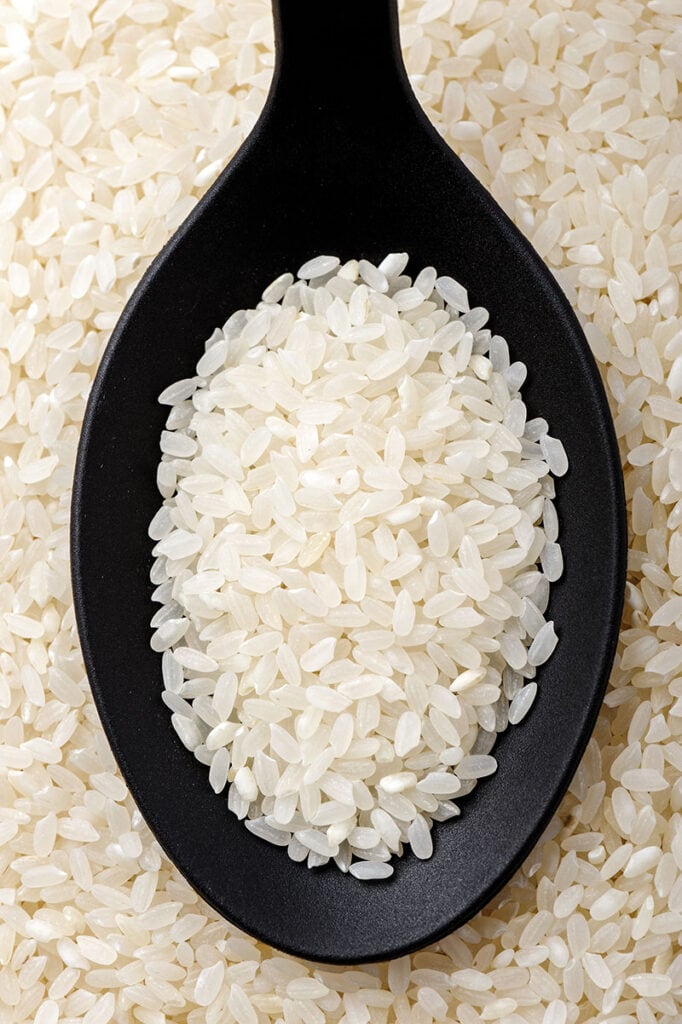
Calrose can be either white or brown. Or, maybe you would be more familiar with them as the milled and unmilled Calrose rice. The former contains only the endosperm, while the germ and the bran of the latter are still intact.
Then how different are they nutritionally? The table below will show you the nutrients measured in one cup of cooked rice of each type.
As you can see, brown rice has more nutrients than white rice. It is due to having the bran and the germ with it. The bran of rice provides fiber, B vitamins, and other minerals, whereas the germ is packed with healthy fat, vitamins, phytochemicals, and antioxidants (1).
But don’t worry! People hardly eat rice itself. You can combine white Calrose rice with other nutritious food to compensate for the lost nutrients.
You Can Use Calrose Rice As A Western Variant Of Sushi Rice
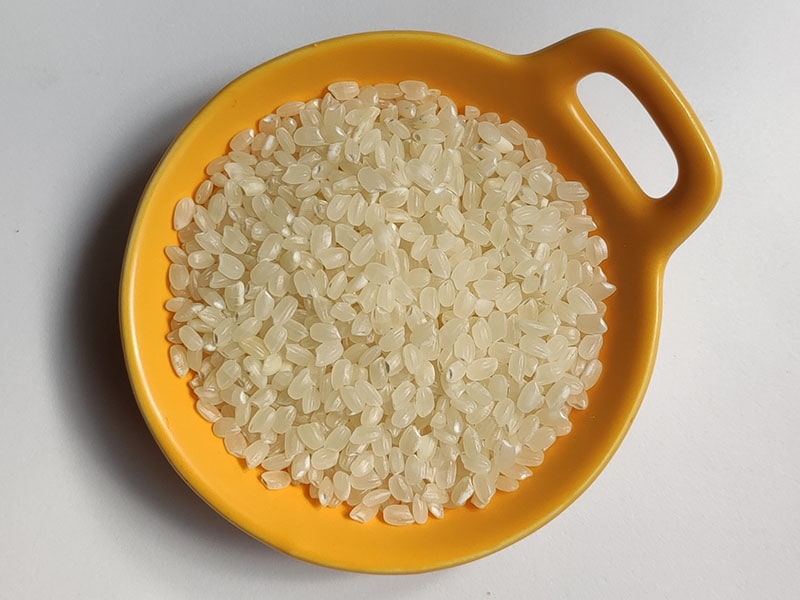
Since some of the best varieties of sushi rice are only available in Japan, finding them can be a challenge. If that’s the case, Calrose rice is your best alternative. Its stickiness is not as good as the Japanese one, but still, it’s enough to make quality sushi.
When cooked, the rice is soft, moist, and sticky. Calrose rice can ensure that your sushi looks good and tastes delicious at the same time. The flavor of Calrose rice is very mild, allowing it to get along well with other sushi ingredients. In addition, it can hold the flavor well.
Calrose Rice Is Different From Sushi Rice
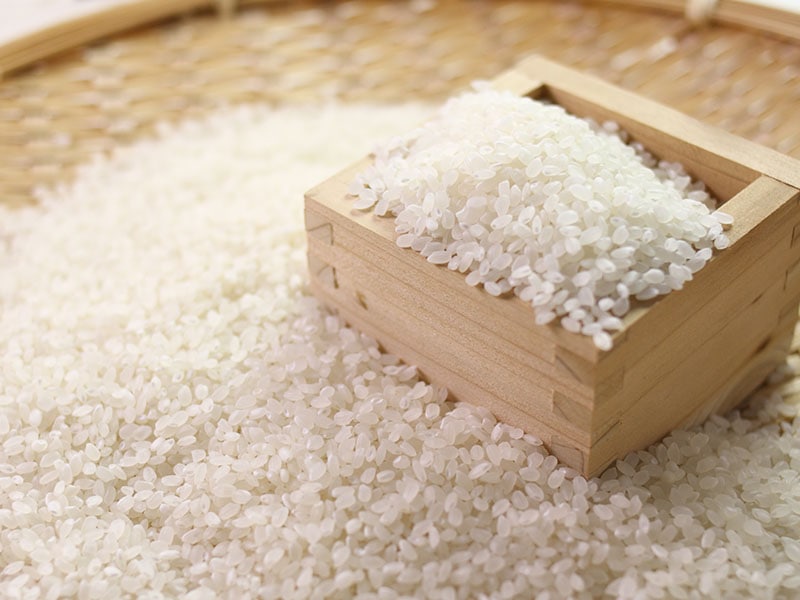
Calrose rice is so popular in America that many Japanese restaurants in the country add this rice to their recipes. This makes most people mistake that Calrose rice and sushi rice are the same. However, they are two completely different kinds, and here’s why!.
Origin
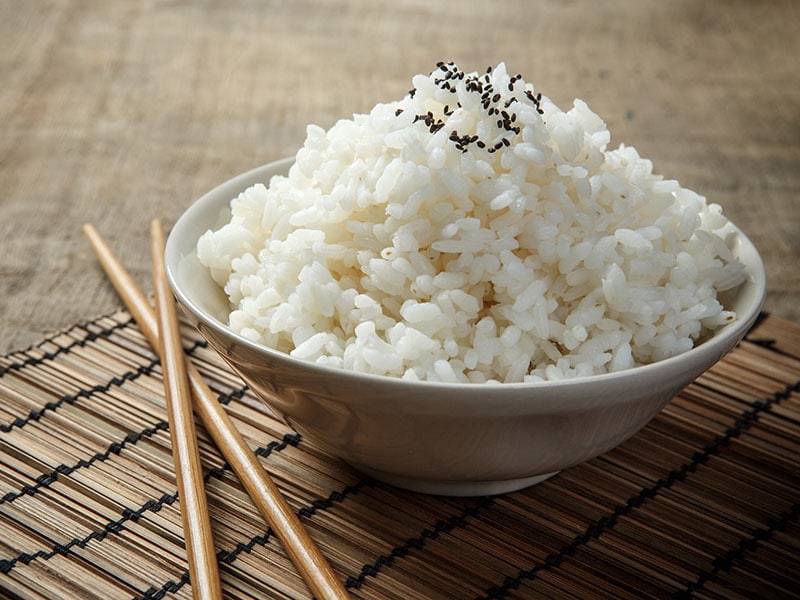
The first difference is the origin of Calrose rice and sushi rice. Calrose rice is a product of the Rice Experiment Station near Biggs, California. It was first released to growers in California in 1948 and became the most famous variety of California rice in the US and worldwide.
Sushi rice is typically short-grain Japanese rice. It is a cultivar of Japonica rice, including plain rice (uruchimai) and glutinous rice (mochigome). But the latter only appears in traditional sweets, such as mochi cakes.
There are 3 types of Japanese rice that are most commonly used. These include sasanishiki, hatsushimo, and koshihikari.
You may think sushi rice is difficult to make. Well, not anymore if you know these easy instructions.
Grain Type And Texture
Calrose rice is a medium-grain rice. It is less starchy and sticky compared to the short type. When cooked, the grains release the starches that make the rice light and airy. Once the rice cools down, it clumps together and becomes sticky.
Sushi rice is short-grain rice. Cooked rice has a high moisture content and a very sticky texture. You can easily pick the rice up and eat it with chopsticks.
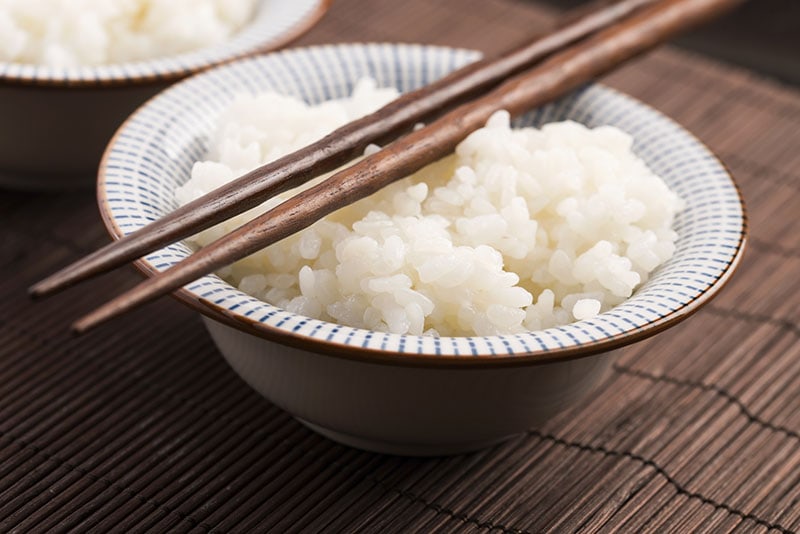
Rice-Water Ratio
You’ll use less water for sushi rice than for Calrose rice. Normally, you will need a water-to-rice ratio of 1:1, which means one cup of water per cup of sushi rice. But depending on how you cook the rice, the ratio can slightly change to 1:1.2.
Since Calrose rice is medium-grain, it is drier than sushi rice. Therefore, you should increase the ratio to 1:1.3 or 1:1.4.
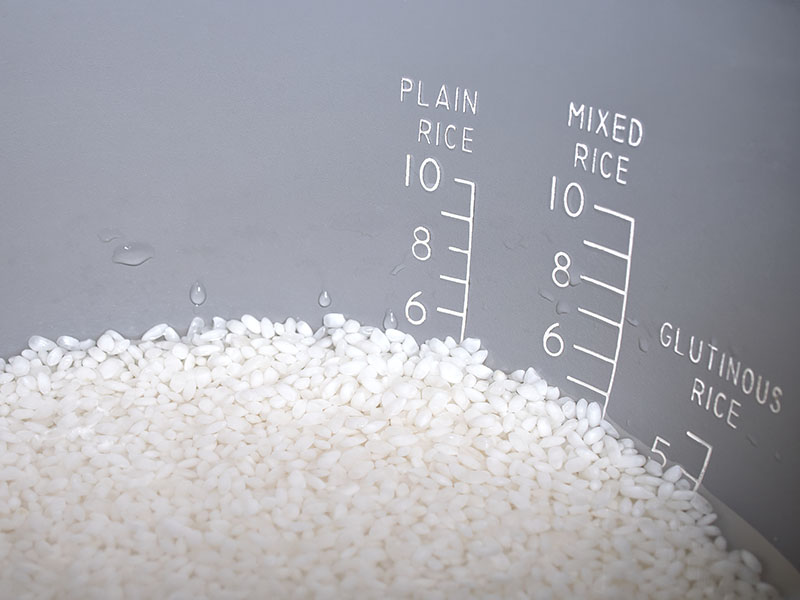
Cooking Time
To cook Calrose rice, first, bring the rice to a boil with medium or high heat. Then, decrease the heat to low and continue simmering them for another 20 minutes. Sushi rice, however, requires less time. You only need 12-15 minutes to simmer it after it boils.
But both Calrose rice and sushi rice need a mixture of vinegar, salt, and sugar to reach an authentic flavor of sushi rice.
Secrets To Perfect Calrose Rice For Sushi
Sushi is a delicious and interesting dish, but not so affordable. The good news is you can create your own version at home with the right ingredients and equipment. And don’t worry, its taste won’t let you down.
This recipe is exceptionally easy, with only 4 ingredients. You can find them all at local grocery stores:
- 3 cups uncooked Calrose rice
- 3 cups water
- ¼ cups Japanese rice vinegar
- 1 teaspoon salt
- 2 tablespoon sugar
Note: Rice vinegar is necessary for sushi. It adds a rich and savory flavor that blends incredibly well with the fish. So, make sure you include it in your recipe. Nonetheless, if you can’t find it, try sushi seasoning instead.
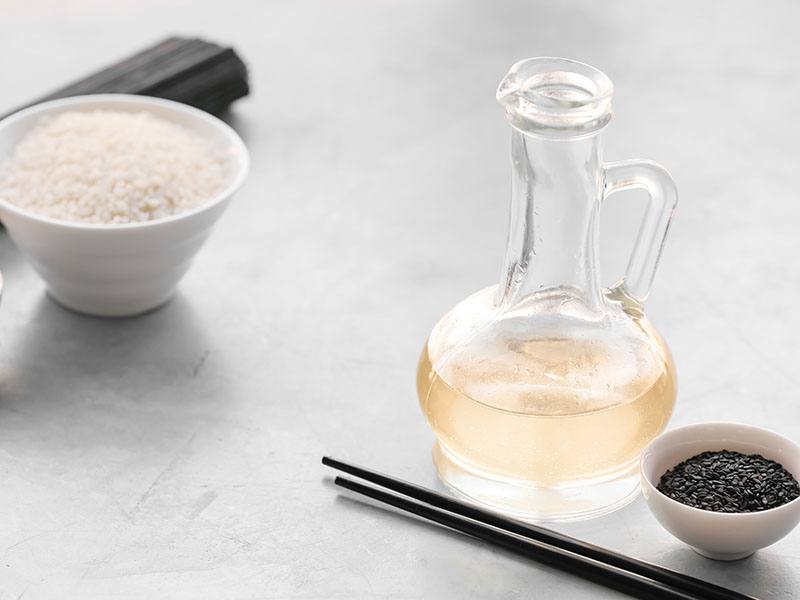
Step 1: Prepare The Rice
Wash your rice in a colander in running water. Use your hand to swirl the rice until the water is clear. Rinse a few more times. Then, let it dry for an hour. If you don’t let the rice drain completely, the result won’t turn out the way you want.
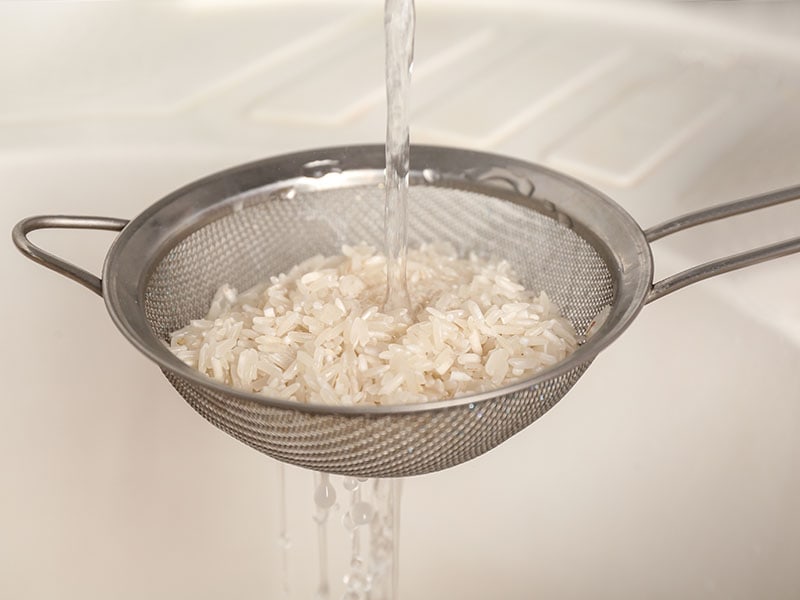
Step 2: Cook The Rice
Transfer the rice to a rice cooker and pour 3 cups of water in. Put on the lid and set white rice mode. After it is done cooking, let the rice in the closed cooker for 10-30 minutes.
Step 3: Make The Vinegar Mixture
You can prepare the mixture while your rice cooker is doing its job. Add vinegar, sugar, and salt in a small saucepan and cook it over medium heat until the sugar dissolves.
Remember not to let it boil. Next, take the solution out and leave it to cool down to room temperature.
You can add an umami flavor to your rice by whipping up this sushi vinegar.
Step 4: Drizzle The Vinegar
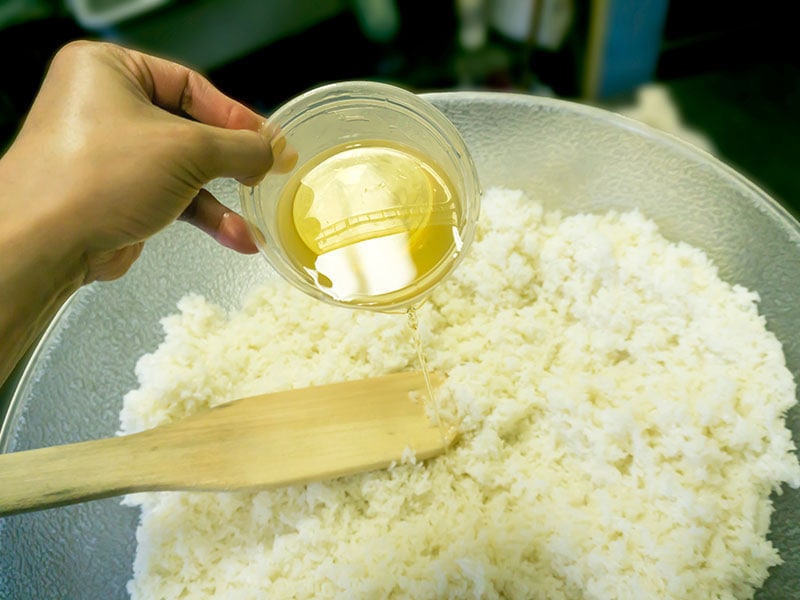
After the rice is done, scoop it out and spread it on a cookie or pan sheet. Drizzle your mixture evenly over the rice.
Frequently turn rice over using a rice paddle to make it cool faster and more evenly. Once the rice cools down, your sushi is ready to be made!
Instead of a rice cooker, you can also cook Calrose rice on the stovetop, in the instant pot, or even bake it in the oven. Just be mindful of the recommended rice-water ratio, cooking time, and steaming time below.
Alternatively, you can try cooking Calrose rice in an instant pot with this tutorial.
Other Ideal Types Of Rice For Sushi
Botan rice is a branch type of Calrose rice from California. Like Calrose rice, it also has a soft, glutinous texture. The flavor of Botan rice is delicate and mildly sweet. For this reason, it is a versatile ingredient for all cuisines.
Botan rice makes a great substitution for Japanese rice in any type of sushi. In fact, it is one of the most popular rice to make sushi in the US.
In addition, brown rice is not only healthy, but it can also be an excellent substitute for sushi rice. However, its strong flavor and dark color might be a disadvantage.
Short-grain brown rice also boils slower than other sushi rice. Therefore, you should soak it for a few hours when using it for sushi. Then add rice vinegar and some seasoning to get the desired flavor and texture.
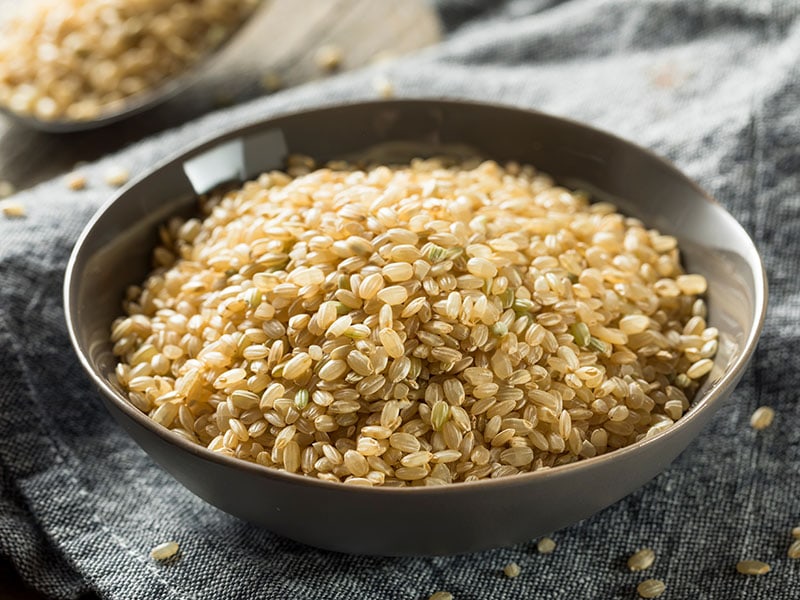
Avoid These Types Of Rice When Making Sushi
Basmati rice comes from Pakistan. It has lower arsenic content than other types of rice (2). Arsenic is a heavy metal substance that can lead to serious health problems like diabetes or cancer. Therefore, you can consider basmati rice as a relatively healthy rice.
Basmati rice is nutty and a little spicy. That’s why it often associates with various Indian curries. Jasmine rice originates in Thailand and is commonly used in Thai and other Southeast Asian cuisines. It has a nutty and floral taste but is slightly sticker than basmati.
Both Jasmine rice and Basmati rice are long-grain rice. That means they have a dry and firm texture when cooked. They can be perfect for a side dish but clearly not for making sushi.
Although the stickiness of short-grain rice is what you need for sushi rice, not all varieties are the same. You can consider arborio rice or glutinous rice as an example.
Arborio rice is short-grain rice. It usually appears in risotto, rice pudding, or as a stand–in for glutinous rice. The texture of this rice is slightly different from Japanese rice.
This rice has a chalky texture, and if you overcook it or let it cool down completely, it will turn excessively sticky.
Glutinous rice, known as sticky rice or sweet rice, is short–grain rice. It is sweeter than regular white rice. Hence, you may not want to use it as sushi rice.
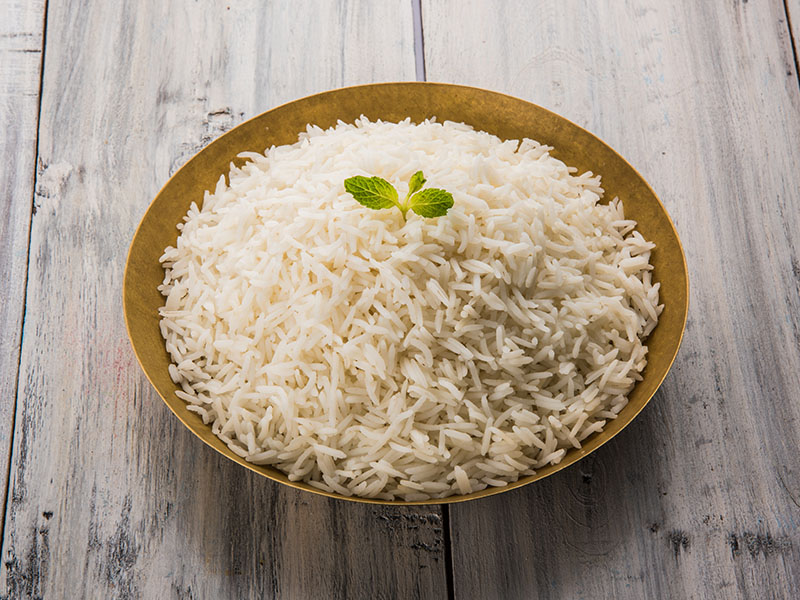
Health Benefit Of Calrose Rice
Calrose rice, like many other types of rice, has a lot of health benefits to offer you. Enriched white Calrose rice contains folate – a natural form of vitamin B9.
This substance can support cell division and help your body create genetic material. It’s also an essential nutrient, especially for women during pregnancy.
Calrose rice is rich in carbohydrates. This substance is the main source of energy in the human body. During digestion, your body will break it into glucose to use immediately or store it in the liver or muscles for later use (3).
The fiber in brown Calrose rice can decrease cholesterol and, thus, lower the risk of cardiovascular diseases and strokes. Fiber also makes you feel fuller, reducing the consumption of foods and, therefore, supports weight loss.
FAQs
If the section above hasn’t addressed your concerns about Calrose rice for sushi, keep reading to find out more!
Calrose Rice Makes A Great Alternative For Sushi Rice
Sushi is a delicious dish that everyone has to try once. To ensure the quality of sushi, each ingredient must have some specific trait. Although the original version of Japanese sushi requires short-grain rice, using medium-grain one is not a bad idea.
Calrose rice is a soft, sticky medium-grain rice with a mild flavor. With these characteristics, it’s among the best substitutes for Japanese rice. And I can assure you the result will not let you down.
Ready to make sushi of your own? Before you go, why don’t you leave a comment below and tell me whether this post is helpful to you? And if you know someone who is probably wondering what to do with their Calrose rice, share the post with them!
References
- Hsph.harvard.edu (2019), Whole Grains.
- Medlineplus.gov (2022), Carbohydrates.
- Healthline.com (2020), Is Basmati Grain Healthy? Nutrients and More.

